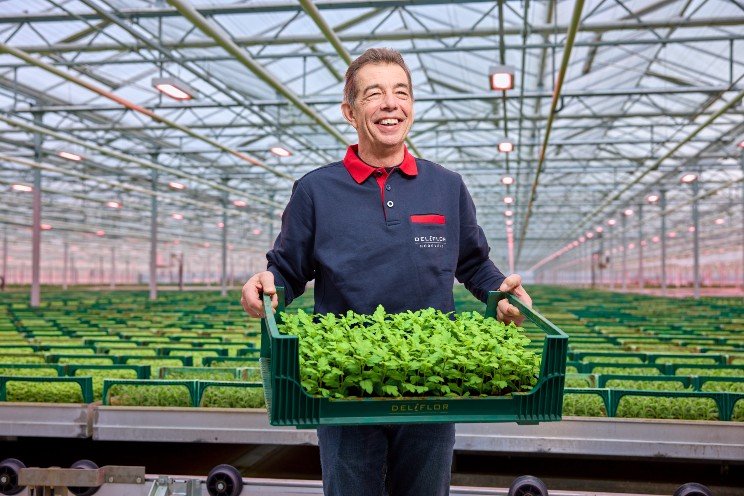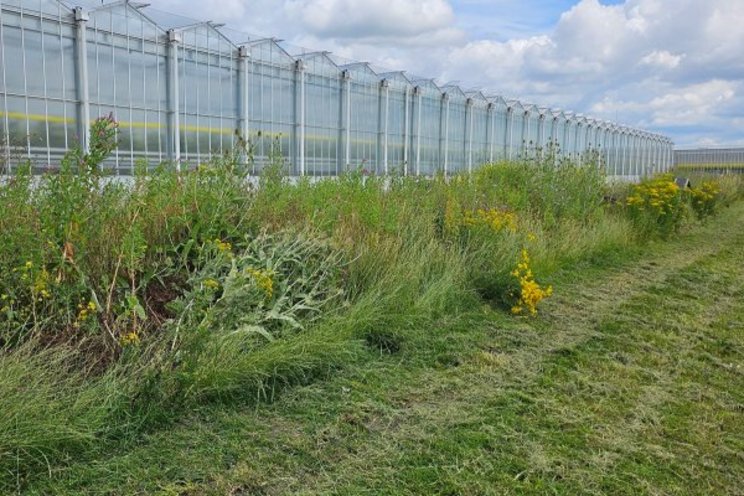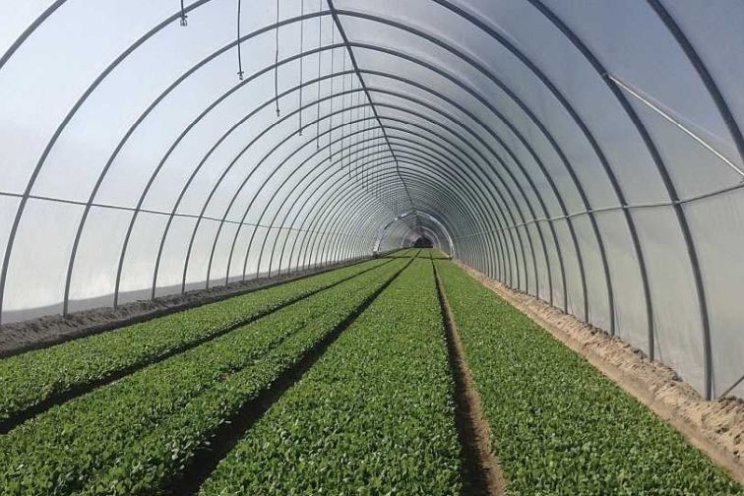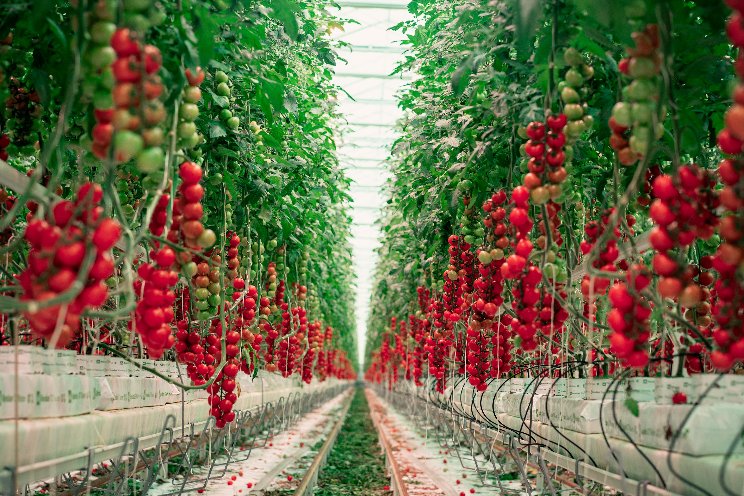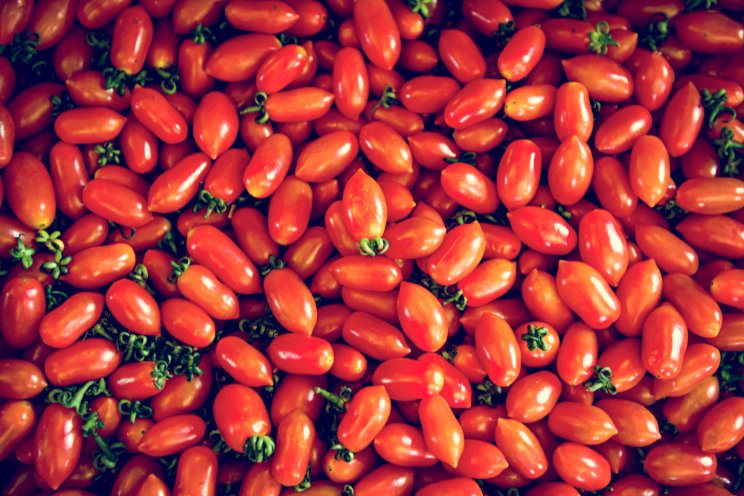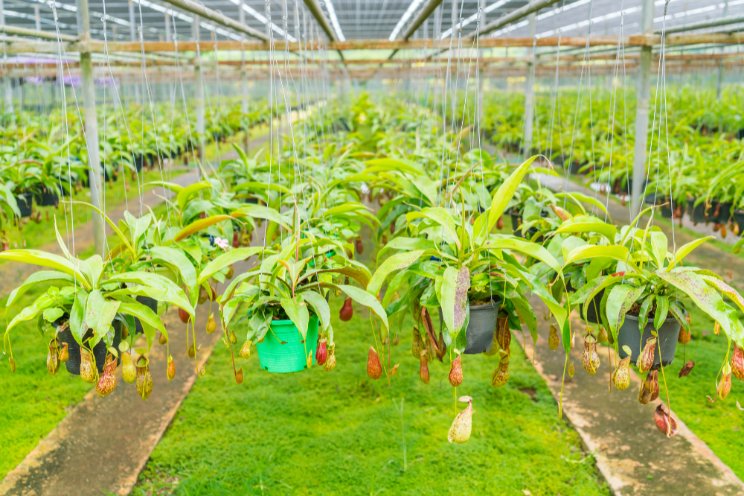Trials test lettuce tipburn sensitivity in different cultivars
Added on 12 June 2023
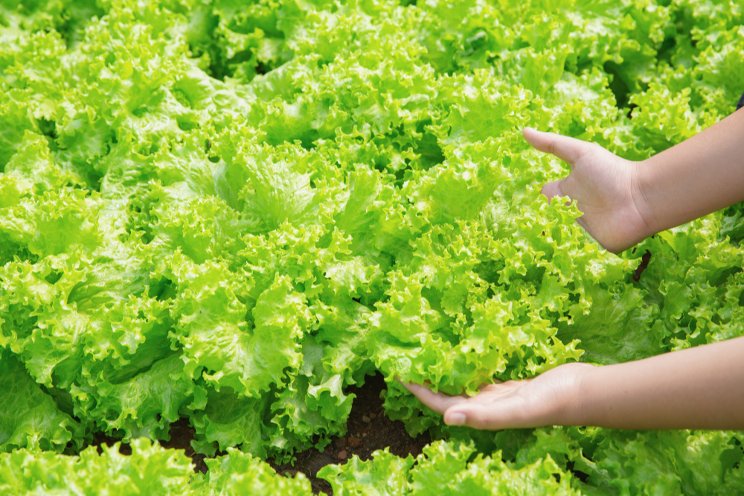
Tipburn occurs even with sufficient calcium fertilization of the whole plant. While the symptom is well described and mitigation methods are discussed (e.g., Mattson, 2015; Kubota et al., 2023), cultivar-specific tipburn sensitivity is not well documented. Specifically, comparisons among various cultivars supplied by different seed companies under growth conditions inducing tipburn are helpful for growers.
In general, conditions that promote overall plant growth (high light, high CO2) yet suppress plant transpiration rate (low air circulation, high humidity) are known to increase the risk of tipburn. In addition, low humidity (high VPD) during nighttime increases tipburn risk in some cases. This is because low humidity at night promotes nonstomatal transpiration (loss of water from leaf surface), reducing xylem pressure and calcium supply to the shoot tip at night.
Image by jcomp on Freepik
More news


